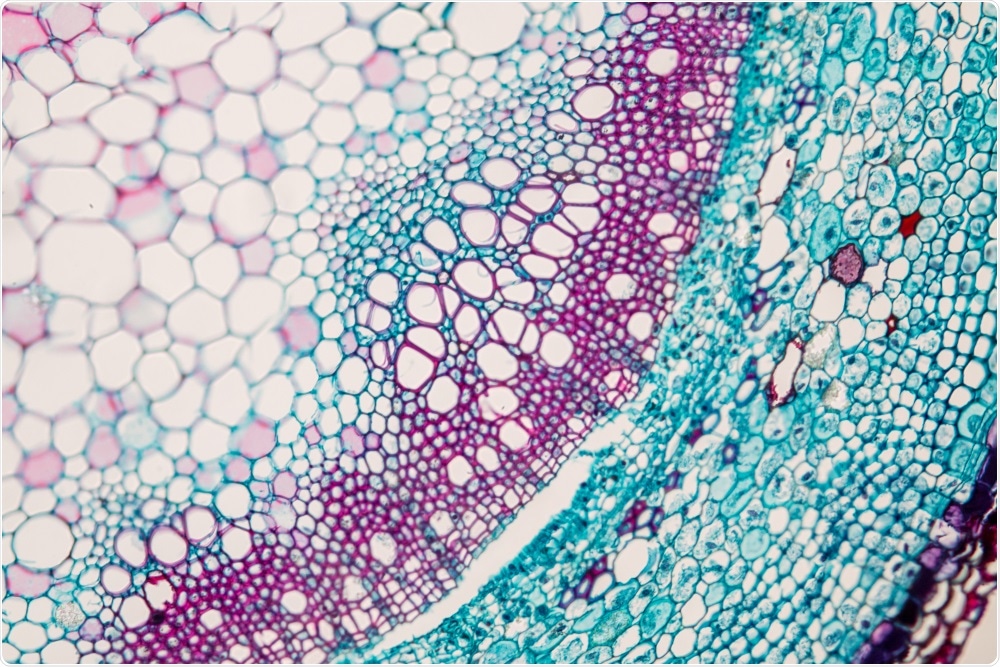Scientists at the Chinese Academy of Sciences (CAS) have revealed, for the first time, how genetic self-activation is involved in maintaining plant stem cells, supporting branching which allows plants to proliferate in 3D space.

Image Credit: Rattiya Thongdumhyu/Shutterstock.com
Enhancing crop yield to tackle the food crisis
Previously, it had not been clear how stem cells key to the process of branching were created. For plants, this action is essential for growing into the space surrounding their shoot, which is of great interest to scientists who want to optimize this process to enhance crop yields and promote food security.
According to the UN, 11% of the world’s population went hungry in 2016, representing 815 million people. By 2050 this figure is expected to rise significantly to 9.8 billion. With a potential food crisis looming, scientists are focussing their efforts on how to enhance crop yields to make more food available from the same amount of agricultural land.
Uncovering the basis of branching
Scientists at the Institute of Genetics and Developmental Biology (IGDB) at CAS set out to uncover how plants form their lateral organs by creating meristem tissue (containing undifferentiated cells) throughout their life.
Scientists know that buds that enable branching are created by axillary meristems that are equal to shoot apical meristems (those that form leaves) in terms of developmental potential.
Previously, the research team at IGBD conducted a study that demonstrated that the leaf axil maintains a meristematic cell lineage to produce progenitor cells used to initiate the axillary meristem. Now, the team has followed up their previous findings, by showing how the fate of the cells is maintained.
The team uncovered a simple mechanism that is responsible for maintaining the identification of these cells. The team showed that meristematic cells in the leaf axil are responsible for maintaining how shoot meristems (STM) are expressed.
STM is a transcription factor that induces shoot meristems. The expression of this transcription factor is significant because it makes the STM locus available for other proteins to interact and bind with. It is this binding that is an essential step before the initiation of the axillary meristem.
What was the most important discovery of the research is that the maintenance of STM expression is dependent on self-activation. The Chinese researchers found that the STM activates its gene expression by binding to its promoter.
In addition, it was revealed that the STM works alongside the protein ATH1. While STM manages transcriptional activation, ATH1 regulates DNA binding.
Using plant data to understand animal stem cell fate
Interestingly, scientists believe the findings may help uncover vital information regarding how cell fate is maintained and used by stem cells in animals, not just plants.
The researcher's highlight that migration is not possible with plant cells, meaning that they offer a tractable system for the study of cell lineage and how differentiation is determined. In the future, this evidence may help scientists understand how animal stem cells utilize the same regulatory circuit.
Future studies are needed to further investigate the nature of the molecular mechanisms involved in stem cell fate maintenance in not only plants but also animals.
In addition to discovering more about animal stem cell fate maintenance, the research will also be invaluable in helping scientists develop systems to optimize plant development and growth. Enhancing leaf features and other architectural features will be used to promote larger crop yields.
These strategies will potentially be used to address the looming food crisis, ensuring that enough food is produced for the growing population. It will enable farms to produce greater volumes of food from the same amount of land, enhancing their productivity.
Sources:
Genetic self-activation maintains plant stem cells. Available at: https://www.eurekalert.org/news-releases/633202
The World Is Headed for a Food Security Crisis. Here's How We Can Avert It. Available at: https://time.com/5216532/global-food-security-richard-deverell/